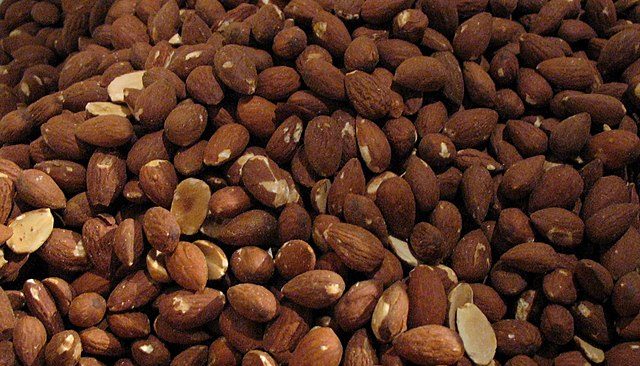World cocoa prices continued falling on May 1 despite a little gain on April 30, 2024, due to record low liquidity.
The price swing partly owes to chocolate makers holding back from buying cocoa beans at the current high prices. This is leading to low liquidity for speculators who are forced to resort to lower prices to lure back purchases.
Reports from Nigeria that rainfall could fuel its mid-crop also contributed to the drop in prices end April. Nigeria, the world’s fifth cocoa exporter, reported a 19% rise in March 2024 cocoa exports to 22,199 tonnes over March 2023’s. This report injected a positive mood on trade, with the result being lower global prices.
The weather factor last impacted cocoa prices in August 2023 when prices cooled following prediction of no El Niño damage.
Since week 3 of April 2024, cocoa prices have been gradually easing from their peak of April 15 at $11,800, a tonne. This record price followed an announcement by Ghana that it was postponing current deliveries to the next season.
On May 1, 2024, despite the price having fallen to $9,790.17 per metric tonne, cocoa companies still held back from buying. They expect the rate to go down further, after which they can make their purchases.
Low Liquidity Issue
But prices might rise again because Ghana and Coté d’Ivoire expect below-average supplies, in combination with low market liquidity.
For now, liquidity seems to be the determinant for the low price seesaw and not just the supplies. Though supplies remain tight, cocoa prices have been technically falling following lack of liquidity in markets.
Traders rely on liquidity (an amount which a broker secures by borrowing) to speculate. But since physical buyers of cocoa beans are delaying their purchases until the price cools, liquidity is lacking. This is in turn forcing traders to close their positions rather than trade and in consequence, the price keeps swinging.
Thus, the May 1 price slump by 11% in New York was “rather dramatic” at a time of insufficient supplies.
Higher Grindings
On the other hand, a higher rate of grindings may stop future price rise per an April 18, 2024 grindings’ report. This is because an increase in grindings reveals that cocoa still commands high demand among consumers.
The report shows that despite low supplies, grindings for quarter 1 in North America upped by 9.3%, year-on-year.
Asia cocoa grindings also appreciated by 5.1%, to 221,530 tonnes despite the tonnage being lower than Q1, 2023’s.
For Europe, grindings in quarter 1, 2024 hiked by 4.7%, year on year. However, due to insufficient beans, they settled lower in quantity than those of Q1, 2023, at 367,287 tonnes.
In short, after a consecutive week of lows, cocoa prices are still on tenterhooks in futures markets.
